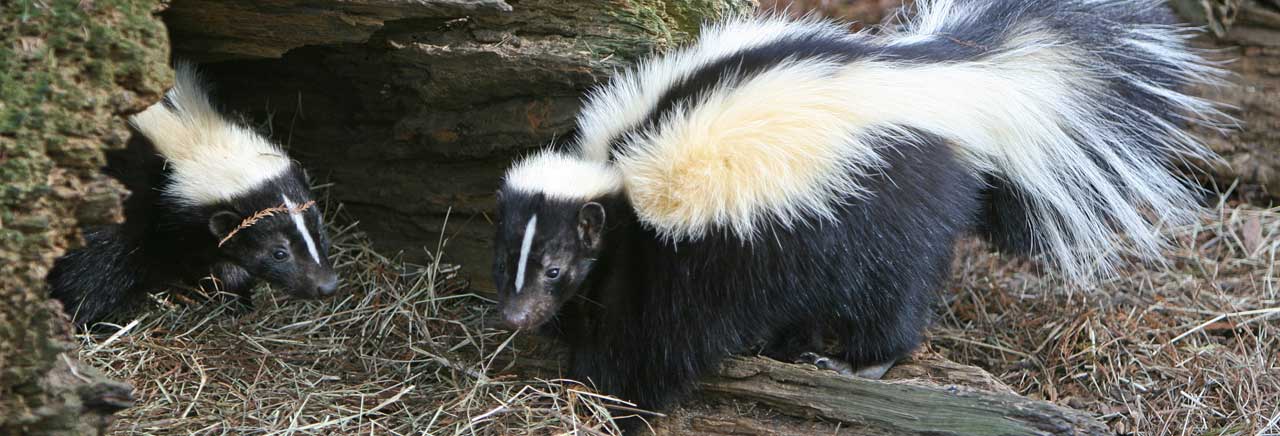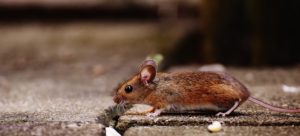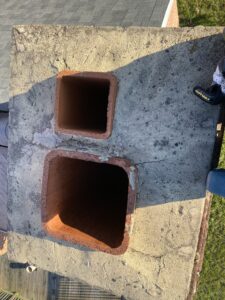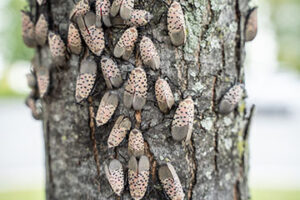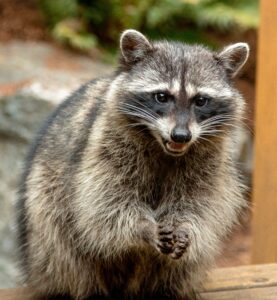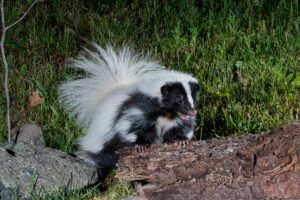
Central Pennsylvania boasts stunning landscapes and a wide array of wildlife, but sometimes these animals can become a nuisance when they venture into human spaces. When it comes to dealing with these unwanted guests, understanding the rules and doing things the right way is super important. Let’s talk about the laws and rules about wildlife removal in Central Pennsylvania!
Rules and Regulations
Here in Central Pennsylvania, laws from the Pennsylvania Game Commission (PGC) and other local authorities look after both the animals and people. For instance, you can’t just move certain animals without permission. The PGC regulates trapping, moving, and removing these critters to make sure it’s done legally and ethically.
If you’re dealing with critter trouble, it’s smart to get in touch with licensed professionals who know these rules inside out. That’s where we come in – as certified animal removal experts in Central PA, we’ve got the expertise and insurance to handle the job right.
Permits and How Things Work
Sometimes, special critters like bats, birds of prey, or endangered animals need extra care. That means getting specific permits and following certain steps to do things properly which includes using approved methods and having the right gear.
Did you know that relocating certain animals without permission is against the law? These animals might carry germs that can spread if they’re moved incorrectly. That’s why it’s best to let a professional handle wildlife removal and relocation – it keeps everyone and everything safe.
Doing the Right Thing
Besides following the rules, it’s important to do what’s right for these animals. Respecting these animals and their homes matters a lot! However, when they infringe upon your home or property, they need to be removed or relocated to a safe place. Usually, if they’re not causing trouble, they’ll leave you alone if you leave them alone.
To sum it up, when it comes to handling critters in Central Pennsylvania, it’s best to call in a certified wildlife removal pro. With over 15 years of experience, we know the right way to do things – legally and ethically. Reach out to us, and let’s chat about how we can help you out!
